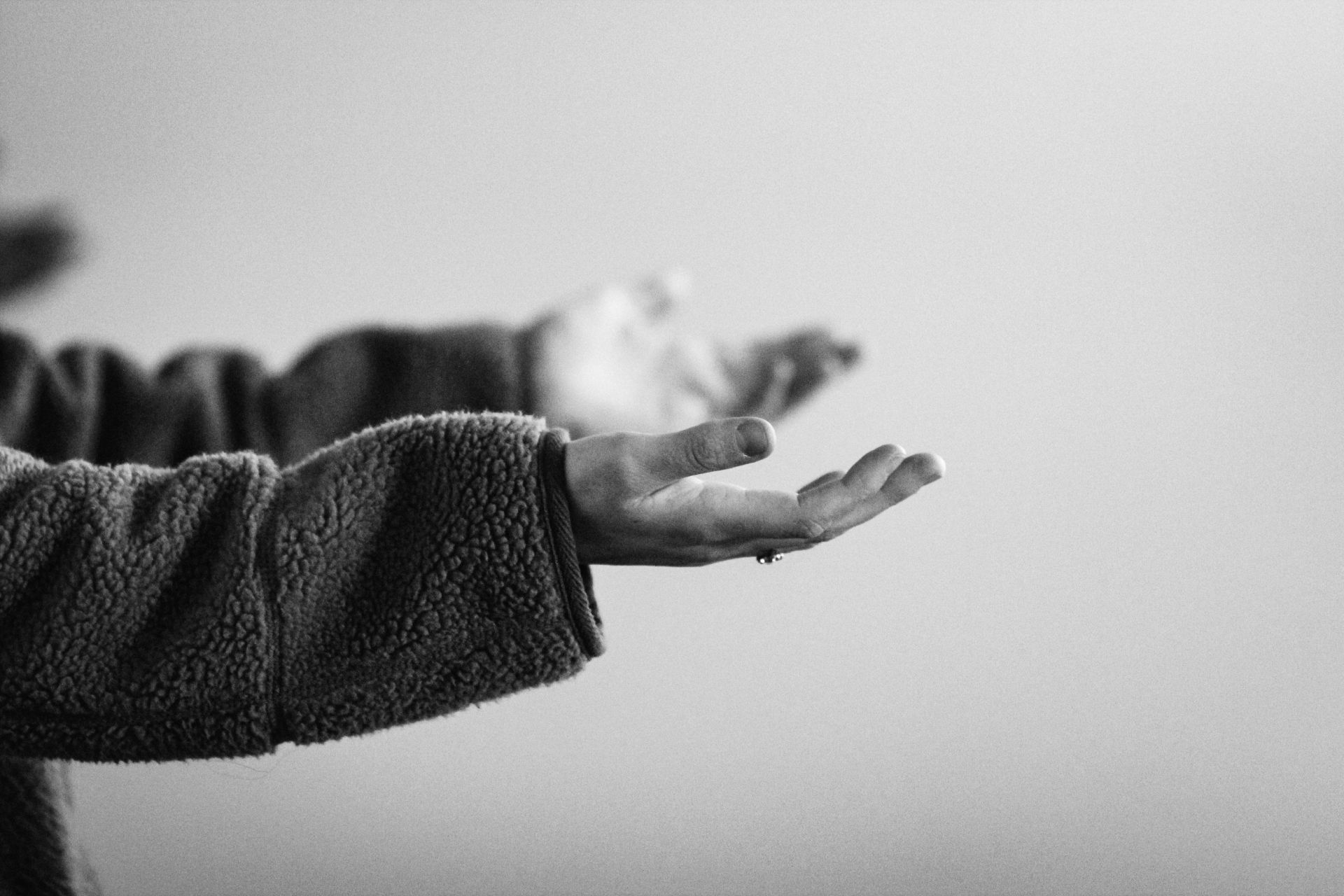Most churches say they want to be “diverse,” but it wasn’t until recently that I began to see the difference between two types of diversity—multi-color and multi-cultural. Most pastors who talk about diversity imply that they want a multi-colored church. Their ideal is a bunch of different colored people, but the church culture is still predominantly white. So everyone sings traditional white people music and sits silently during the sermon. And in many contexts, this is a step that should be celebrated. Having men and women congregate from different ethnic backgrounds is miles ahead of a church that has no ethnic diversity at all; but this multi-color diversity is—quite literally—only skin deep.
In a multi-cultural church, not only skin color but ethnic distinctives are featured. So various groups influence the worship. That means that there will typically be more “Amens!” during the sermon than white people are used to (which, by the way, I love). That may be uncomfortable for a lot of people, but that discomfort is actually a sign that you are in a multi-cultural church: In a multi-cultural church, everyone will feel a little uncomfortable because we’re always going to be doing something a little outside your culture. If you’re always comfortable at your church, that means that it only reflects your culture.
God is involved in culture, meaning that every culture has something to celebrate. A multi-colored church looks like a salad: there are different elements in close proximity, but each piece is still distinct in color and never retains anything from the others. But a multi-cultural church is more like beef stew: multiple ingredients coming together, sharing what makes them unique, and bringing out one another’s distinct flavors. The result is more than the mere sum of its parts.
For many churches, the biggest hurdle to becoming multi-cultural is not theological, but preferential. If we change our style to make our church more accessible for non-whites, as I believe we should, a lot of white people will simply dislike it. Sadly, that means that we will reach a lot less of them. Ultimately, I would love for people to overcome their personal preferences. But we cannot always expect people to be mature before we reach them. So change has to be, in most instances, gradual. But the goal is to reach the point when when people are comfortable being uncomfortable.
The gospel does not drive a wedge between different cultures; it celebrates them. The gospel is the only reality that creates a new race that is neither black nor white, neither Asian nor Arab – but a “3rd race” designated Christian (see Gal 3:28; Eph 2:11-22). I will never lose my ethnic background (white country boy), any more than my African American neighbor will lose his. But our Christian identity must be weightier to us than our ethnic identity or preferences. So we can unite on that basis, which allows us to appreciate our ethnic diversity instead of fearing it. Our purpose with multi-cultural is not to create one culture-free race and label it “Christian,” but rather to retain and celebrate our “1st race,” recognizing that our 3rd race outweighs it. Ethnicity is, and should be, important to us, but it must never be as weighty as our “in Christness.”
The redemption that Jesus purchased for us was not merely individual salvation; it was also an interpersonal, intercultural, interracial salvation. When the world sees God bringing together what sin has driven apart, they will cry out with amazement, “Surely God is among you!”


